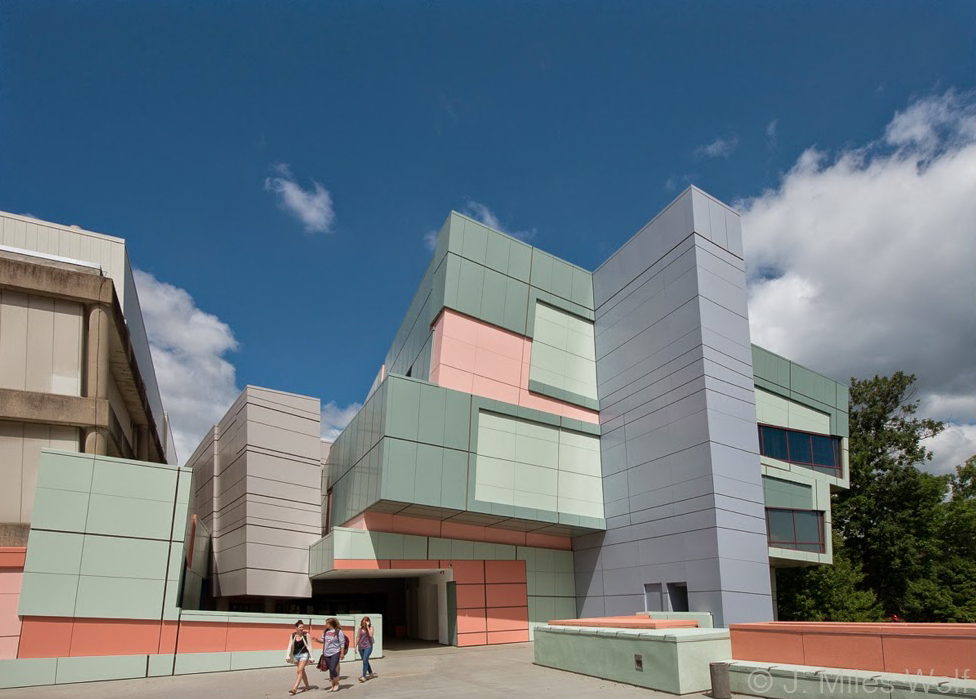Function at the Forefront, not the Background
I think about this topic of designing architecture for the sake of design and I have mixed feelings. On the one hand, I think it is important for designers, engineers, contractors, etc. to continue pushing the boundaries of their designs and to explore various ideas that they may have. This is the way new innovations are found. If we did nothing more than design box after box, the industry would never progress over time. However, designing just for the sake of design isnt necessarily a good thing. We, as designers, need to go back to the purpose of our building, which is to serve some type of function. That is the difference between art and architecture. If we completely lose sight of what the purpose of the building is, then it becomes nonfunctional and therefore unsuccessful.
On building that I have experience with that comes to mind is Eisenmans building on the University of Cincinnati's campus, the Aronoff Center for Design, or commonly called, DAAP. When walking by the building it is obvious why it is considered to be iconic, but the experience inside of it is greatly lacking. The studio spaces are almost like prison cells with cinder block walls and only a few windows. The building as a whole is almost like a maze and is extremely hard to navigate. It is almost like every corner you turn you find a whole new space, but because of this you end up lost. The common spaces and the way the grand stair functions in its center is highly successful in that if you make it to the grand stair you know where you are, but overall the building's function doesnt live up to the quality of its outwardly form.



I think this is a great example of an architect designing a building to look cool or be iconic. You can see the forms were experimented with to create this interesting exterior but there was hardly any attention given to the interior in the sense of how the user should move and use the spaces.
ReplyDeleteI also have mixed feelings about architecture as art. While it is important to explore ideas through experimentation on paper, there should also be an awareness of the needs of the users rather than prioritizing ones own motive, whatever it may be.
ReplyDeleteI absolutely believe that human experience and designing for functionality is far more important than any kind of architectural statement. It almost seems selfish for a designer to completely ignore the human in attempt to "push the boundaries".
ReplyDelete